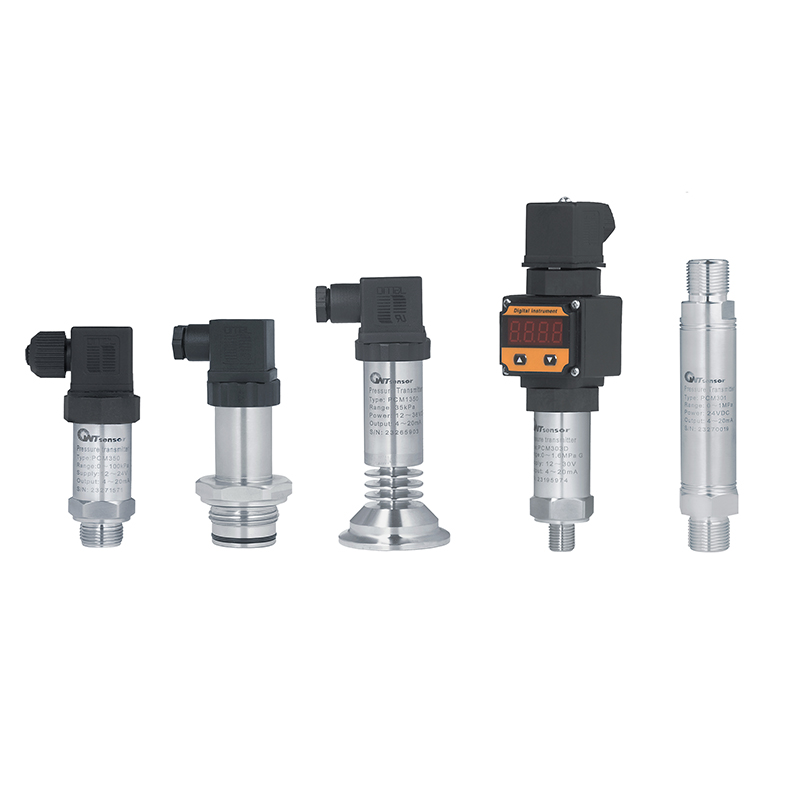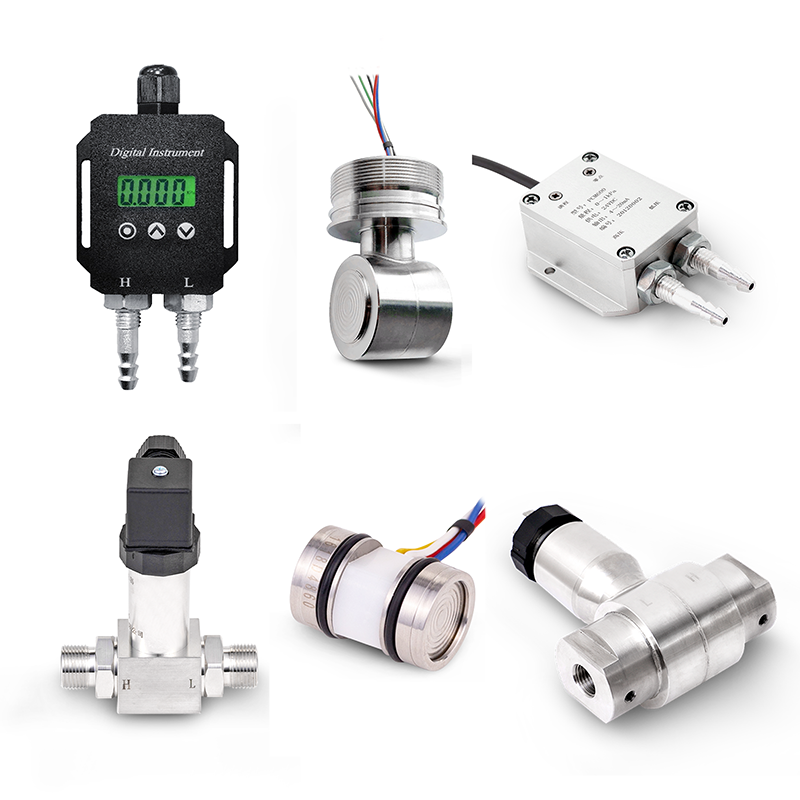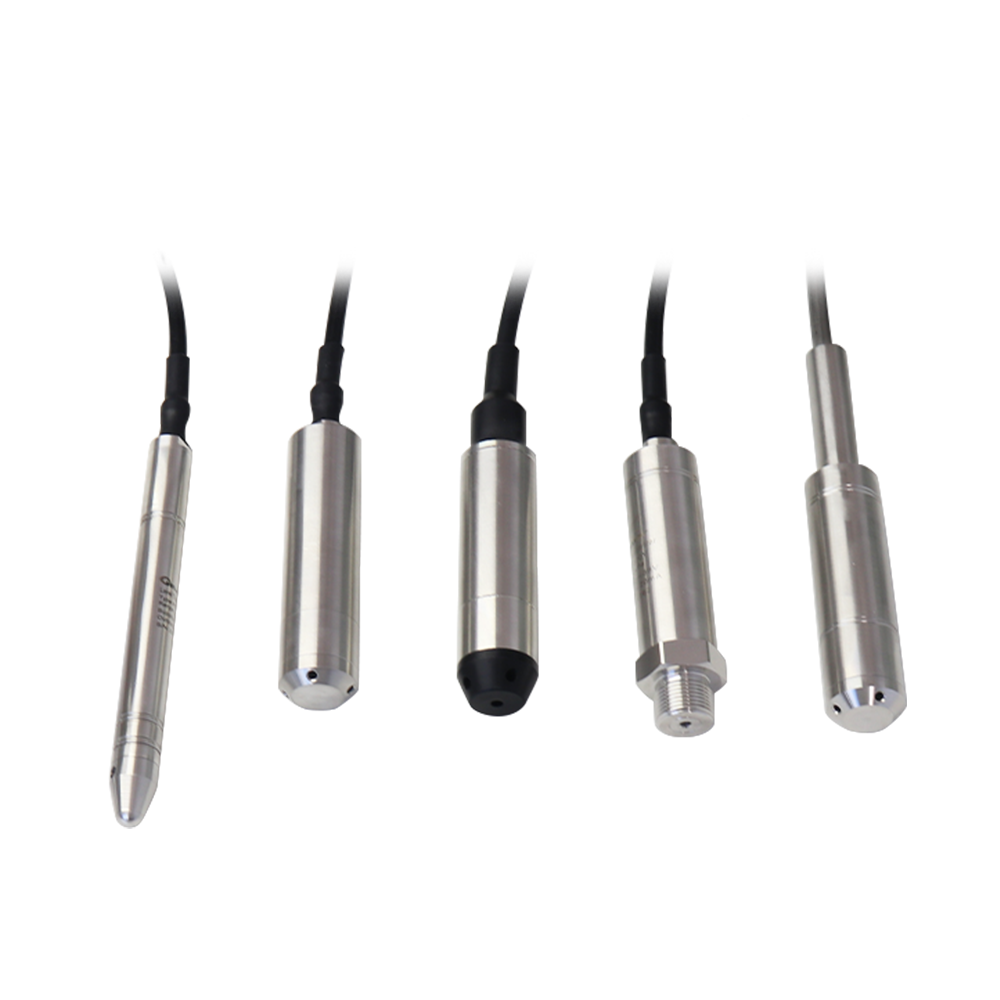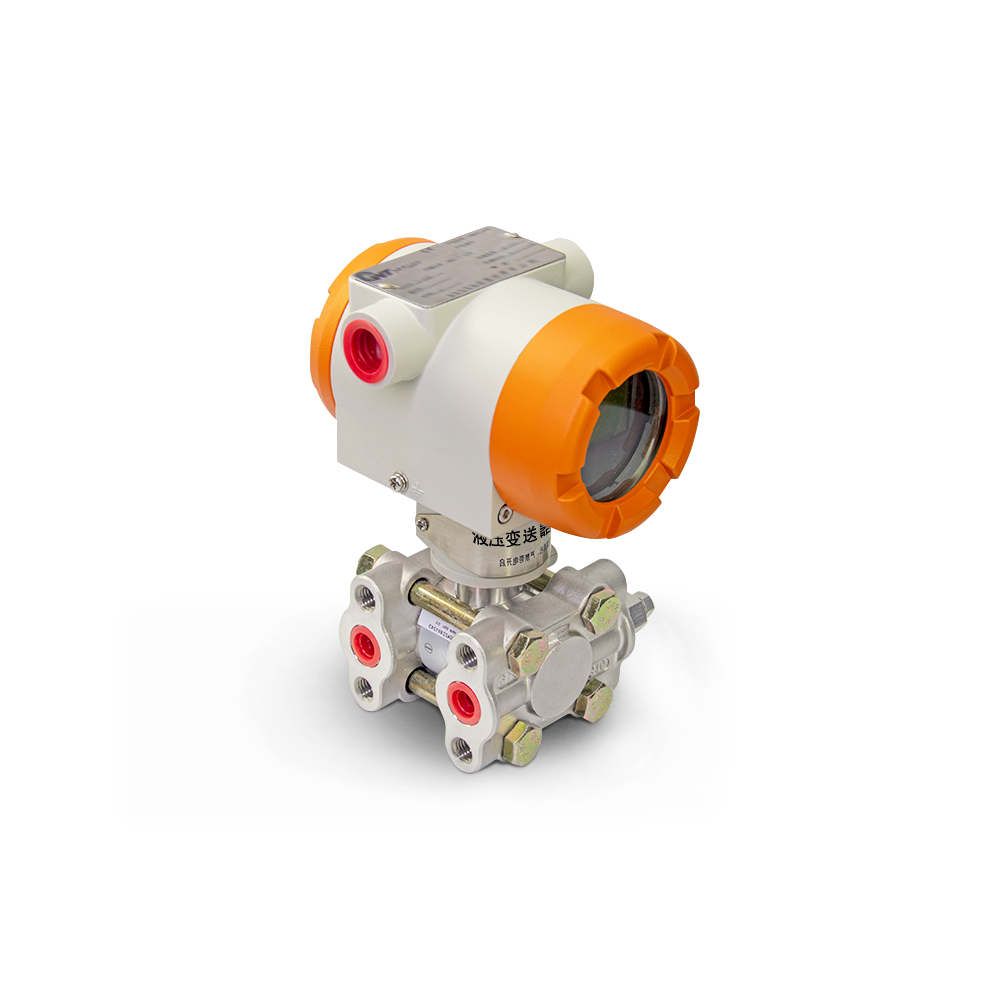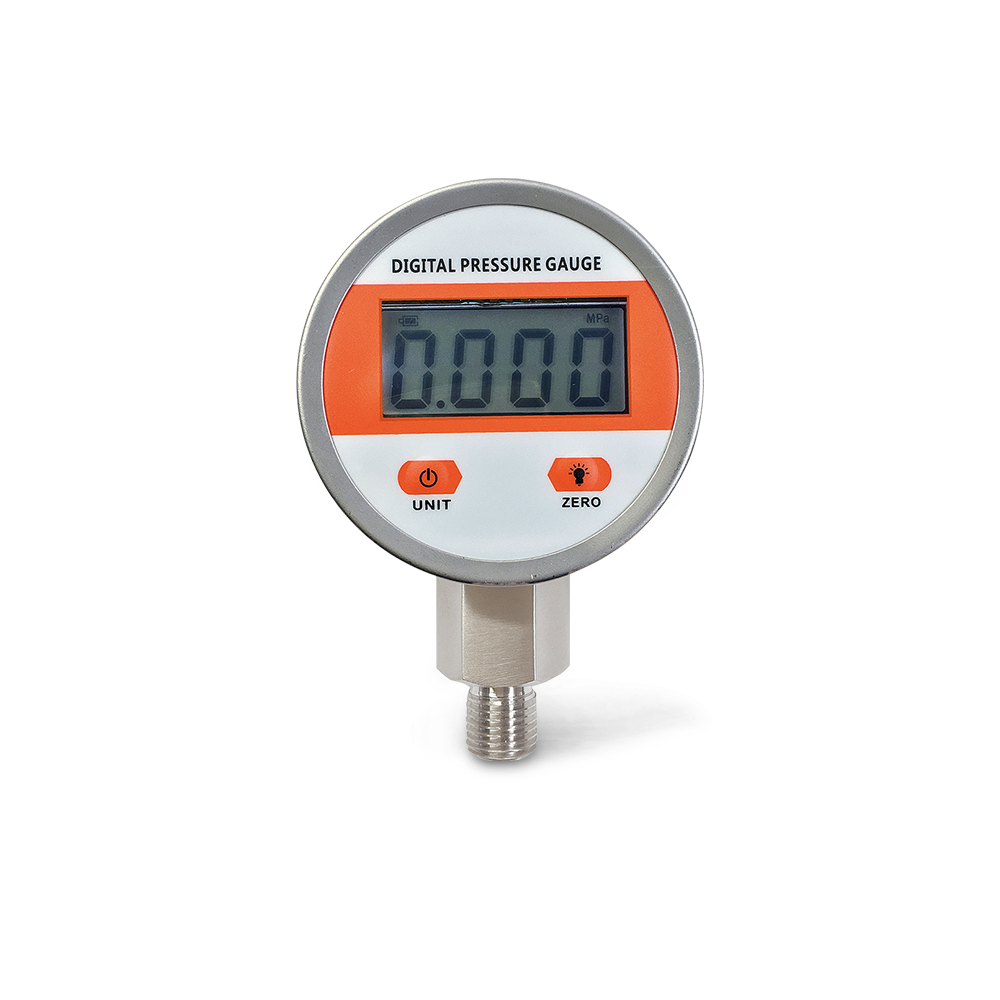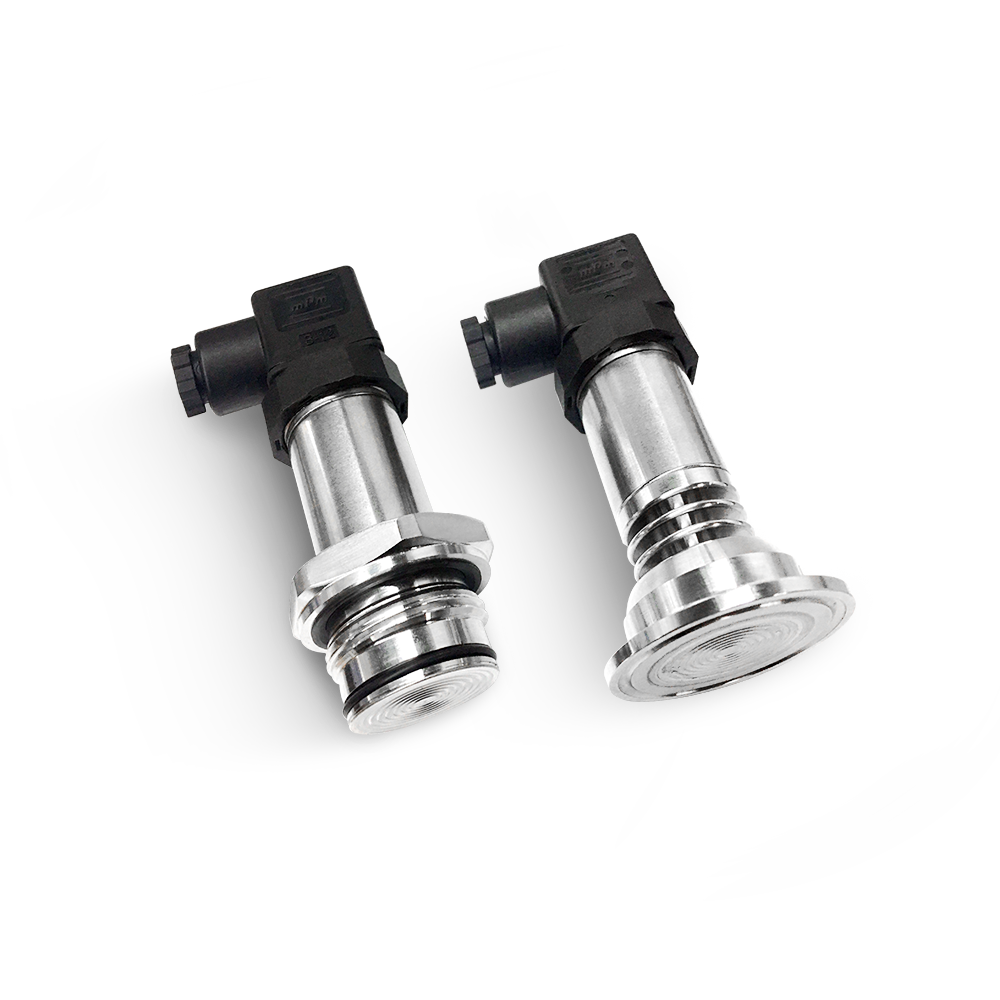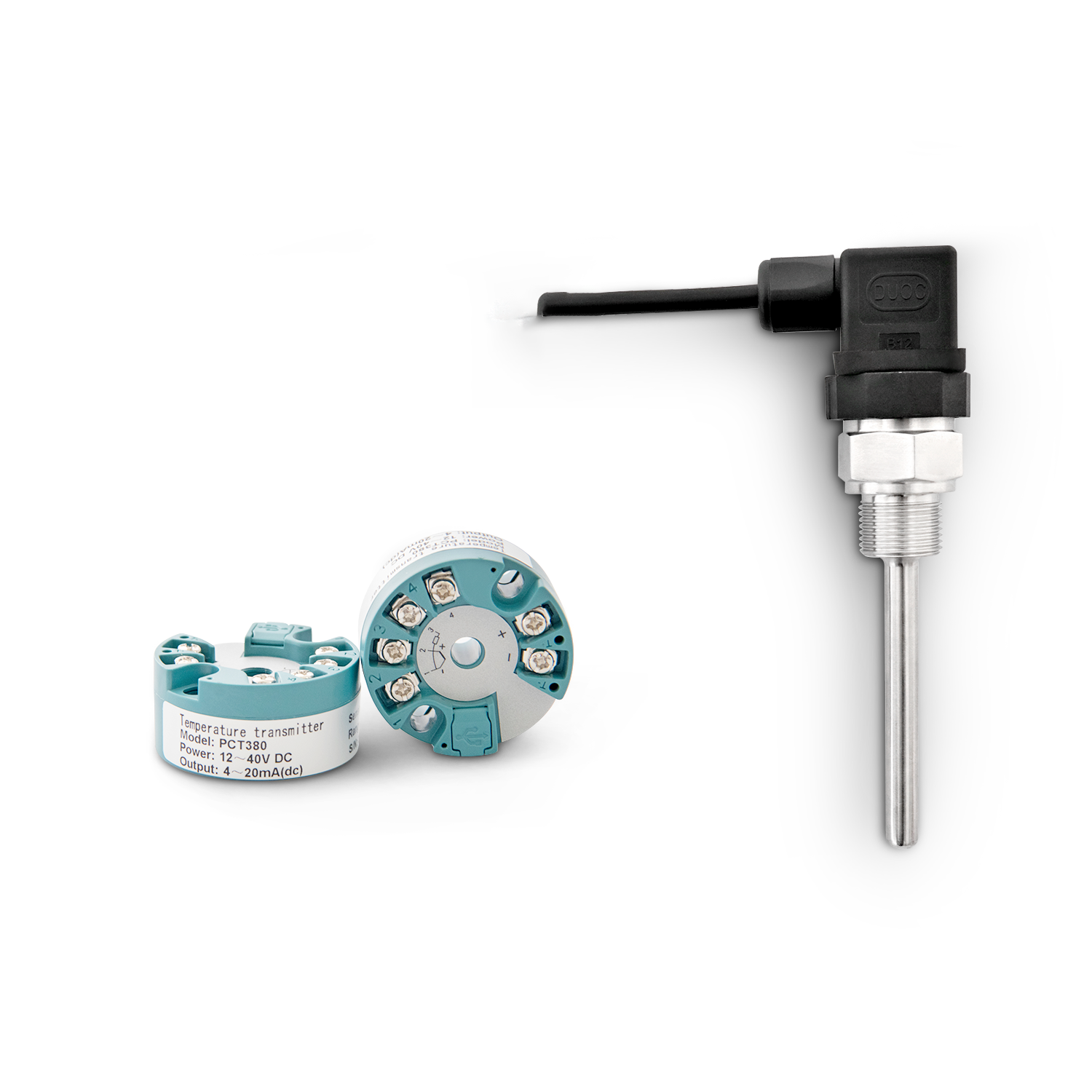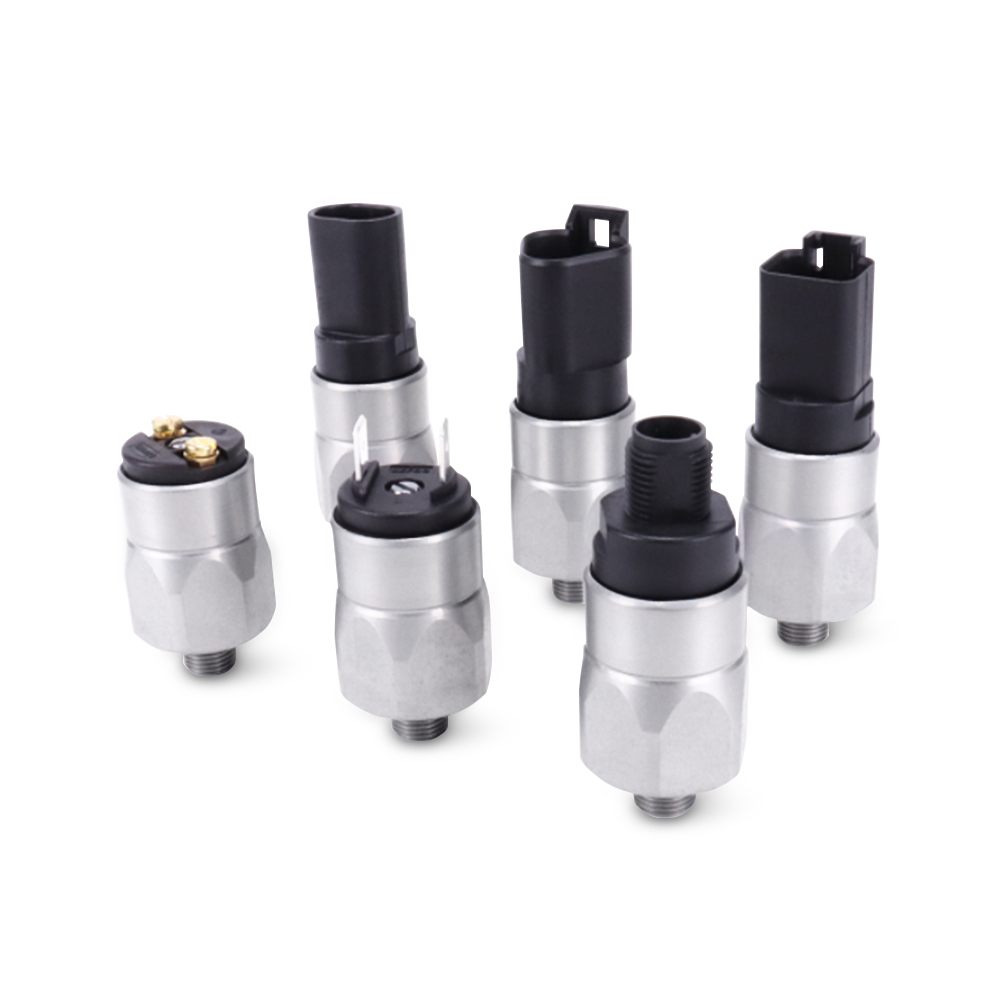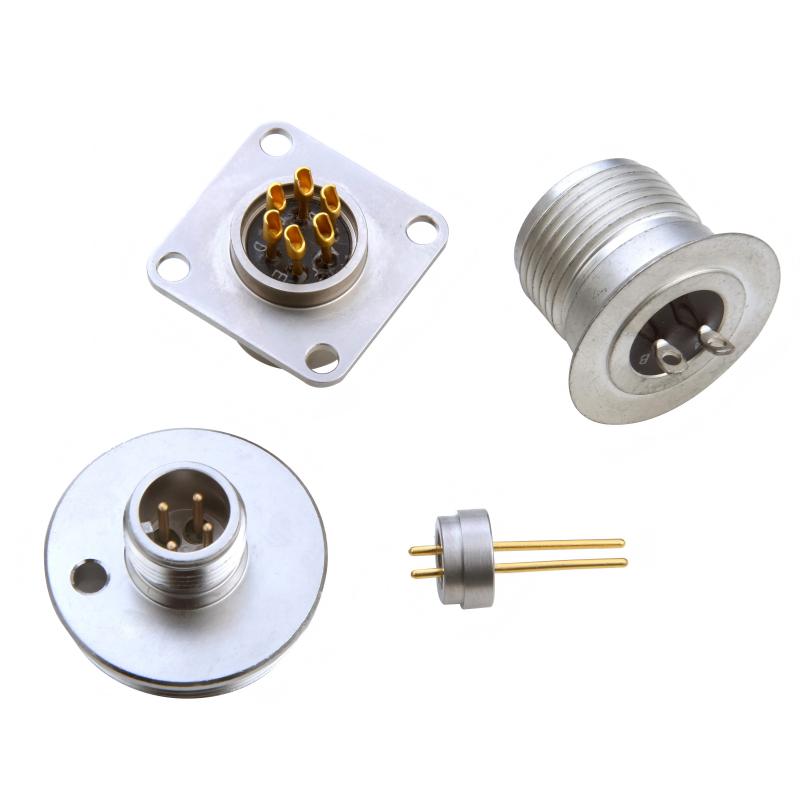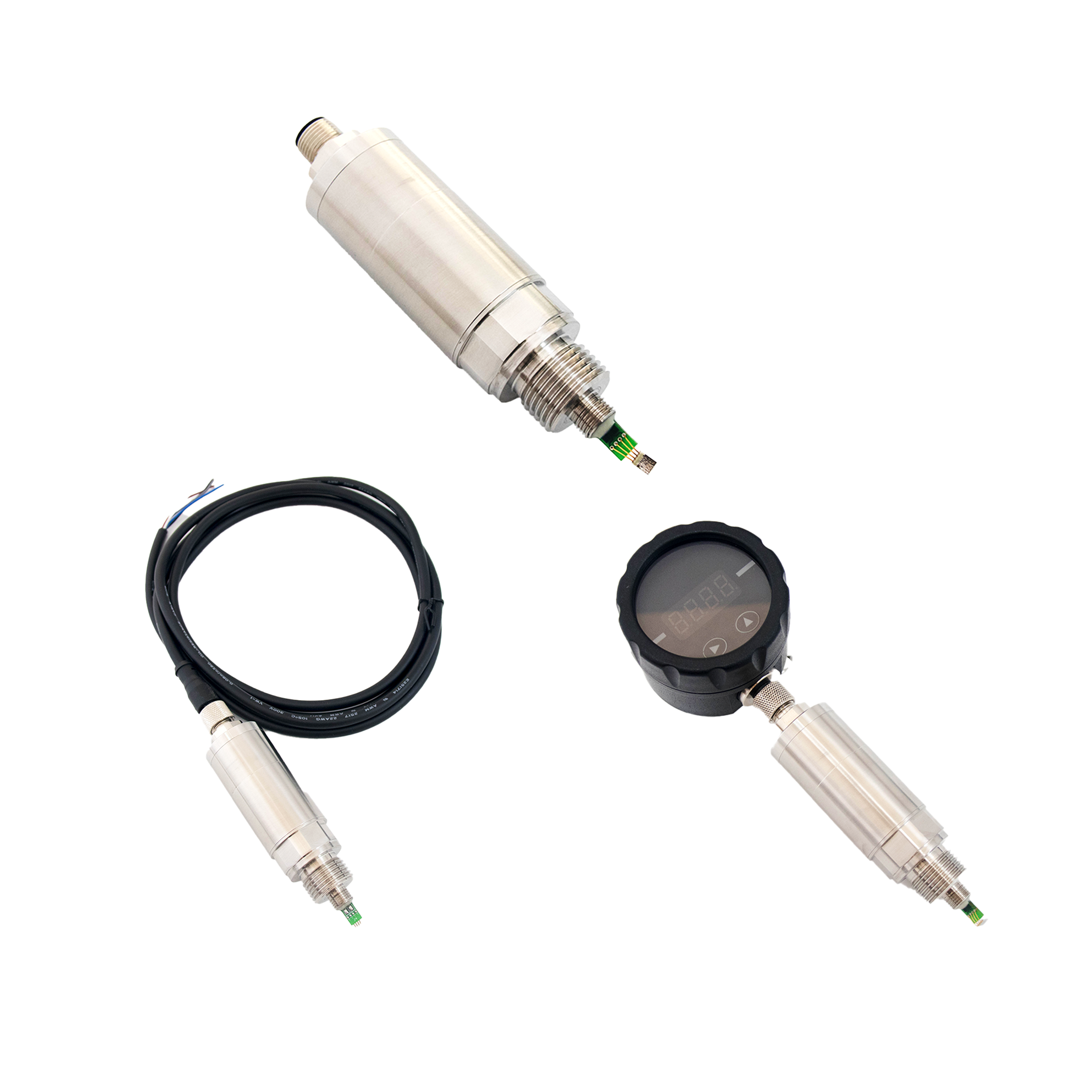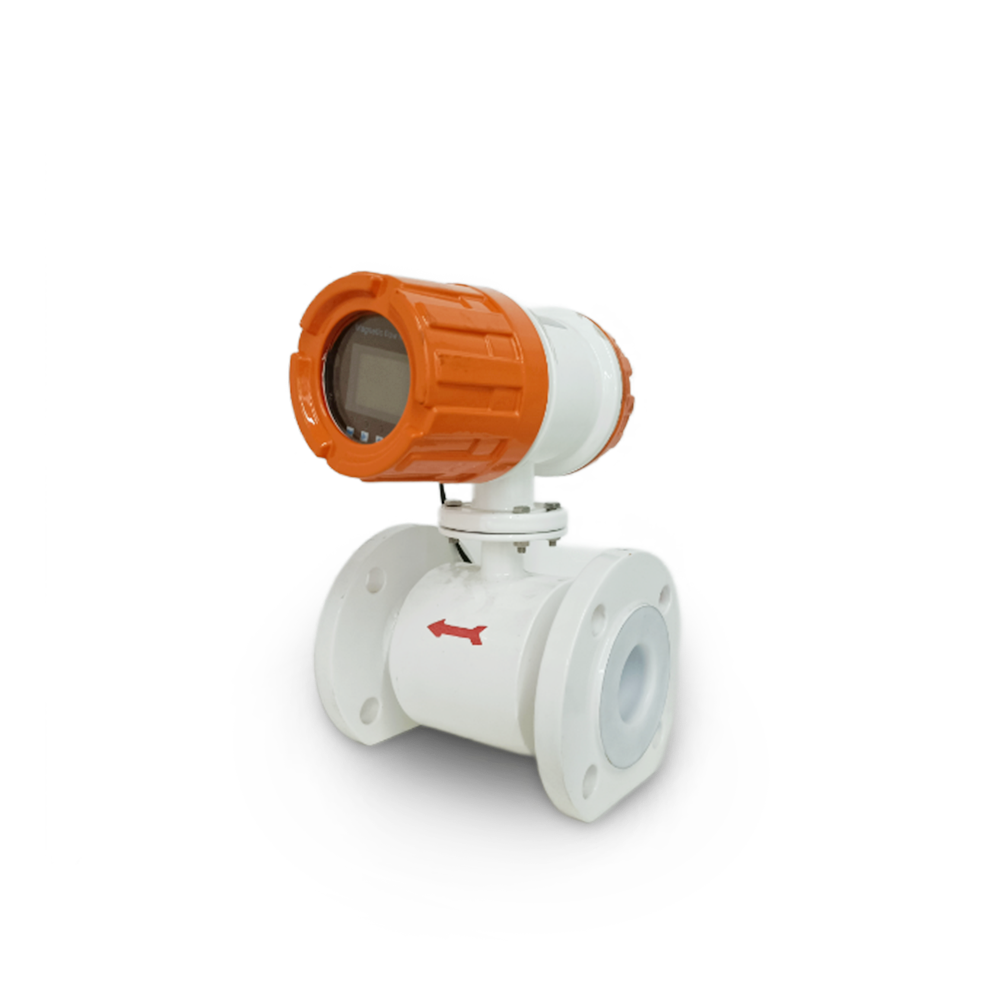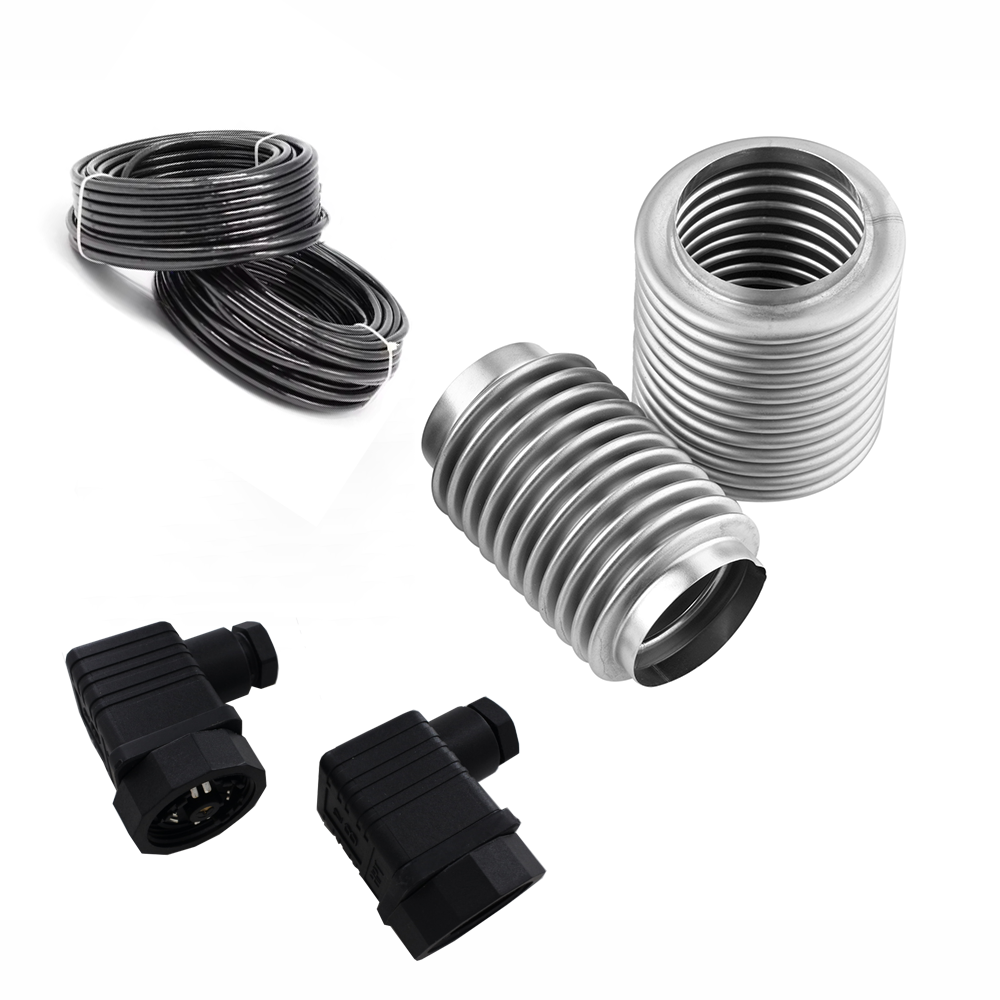How Can I Ensure My Pressure Sensor Works Reliably After Installation?
From: Issued date 2025.07.09 Back
As an engineer, technician, or procurement specialist, you've carefully selected a pressure sensor that matches your application’s range, environment, and signal requirements. But once the sensor arrives, another critical question arises: How do I install and use it correctly to ensure long-term stability and accurate performance?
Pressure sensors—particularly their core sensing elements—are highly precise and delicate instruments. Even the most advanced models can fail or underperform if exposed to improper handling, electrical misconnection, mechanical impact, or environmental extremes.
At WTsensor, we’ve seen it all—from sensors installed next to vibrating motors to units exposed to fluid shock due to poor valve practices. To help you avoid these common pitfalls, we’ve compiled a practical list of precautions to follow when using the core of a pressure sensor, ensuring optimal performance and longevity.
1. Select an Appropriate Installation Location
Avoid Heat and Vibration Sources

The installation environment of a pressure sensor plays a significant role in determining its accuracy and stability over time. Ideally, sensors should be installed in areas that are easily accessible for inspection and maintenance but also well-protected from environmental disturbances.
One major threat to sensor performance is temperature fluctuation. Rapid or extreme changes in temperature can lead to thermal drift, which alters the output signal of the sensor. In highly dynamic temperature environments, the sensor core may undergo expansion and contraction, which can affect internal circuitry or sensor calibration.
Vibration is another critical concern. If the sensor is mounted on a machine or pipeline that constantly vibrates, it can result in long-term fatigue of internal connections. For pressure sensors using bonded gold wires in the sensing core (common in many piezoresistive technologies), prolonged exposure to vibration may cause the gold wires to detach or break. Once this happens, the sensor will lose signal transmission capability or deliver inaccurate readings.
To mitigate these issues, choose low-vibration, thermally stable zones for installation. If this is not possible due to process requirements, consider using vibration dampers or thermal shielding to protect the sensor.
2. Use Valves and Maintain Safe Distances from Pressure Sources
Preventing Pressure Surges and Shocks
When connecting a pressure sensor to the fluid or gas pipeline, it’s crucial to introduce a valve between the process and the sensor. This valve serves multiple purposes—it allows isolation for maintenance, protects the sensor during start-up, and helps in calibrating or zeroing the sensor without removing it from the system.
However, what many engineers overlook is that valve operation itself can cause sudden pressure surges, especially when opening a valve connected to a pressurized line. This phenomenon, known as pressure shock or hammer, sends a rapid spike of pressure into the sensor. These shocks can deform or rupture the sensor’s diaphragm or overload the sensing chip.
To protect the sensor, always maintain a certain safety distance between the sensor and the valve. In sensitive applications, a snubber or damper—a small device that restricts sudden fluid motion—can be added at the sensor inlet. This reduces the effect of transient pressure and shields the sensor from sharp pressure pulses.
3. Handle With Care During Installation
Avoid Mechanical Damage and Impact
Pressure sensors, although designed for industrial use, contain precision components in their core. During installation, careless handling can lead to mechanical stress, deformation, or cracks in the housing or diaphragm. For example, dropping the sensor on a hard surface or applying excessive torque while screwing it into a fitting can damage internal structures.
Installers must be trained to handle sensors gently, using correct tools and applying recommended torque values. If a sensor has been subjected to mechanical impact, it should be inspected or recalibrated before use.
Additionally, sensors should not be used as support or stepping aids during field installations. Such misuse can lead to performance degradation even if no immediate damage is visible.
4. Protect the Diaphragm Surface
Do Not Touch or Contaminate the Corrugated Diaphragm
Many pressure sensors, especially those used in sanitary, chemical, or high-precision applications, feature a corrugated or flush diaphragm. This diaphragm is typically made of thin stainless steel or other metal alloys, designed to transmit pressure uniformly to the core element.

Touching the diaphragm with hands, tools, or other foreign objects can scratch, dent, or contaminate the surface. Even minor deformation can affect sensor linearity and cause zero drift or sensitivity errors.
When the sensor is not in operation or in storage, it is essential to use protective caps or covers that shield the diaphragm from dust, impact, and moisture. During installation, avoid pressing on the diaphragm or using it as a support point.
If cleaning is required, follow the manufacturer’s recommended cleaning methods using non-abrasive, non-corrosive materials. Never use sharp tools to scrape off residue.
5. Follow Correct Wiring Procedures
Wiring Errors Can Damage Internal Circuitry
Another common source of sensor failure stems from incorrect electrical connections. Modern pressure sensors may have multiple wires for power supply, signal output, ground, and optional diagnostic functions. Miswiring—such as reversing polarity or applying incorrect voltage—can lead to immediate and irreversible damage to the internal electronics.
Always refer to the official wiring diagram provided in the product datasheet or user manual. If unsure, verify the wire color coding and signal type before connecting to your control system or PLC.
In addition:
Ensure that power supply voltage matches the sensor’s rated voltage.
Avoid sharing power supply lines with high-power devices that generate electrical noise.
Use shielded cables for long-distance transmission to maintain signal integrity.
If you’ve ever experienced sensor drift, unexpected signal loss, or premature sensor failure, chances are the problem didn’t lie with the sensor itself—but with how it was installed, wired, or handled.
Now that you know what to look out for—from choosing the right installation spot and avoiding pressure shocks, to protecting the diaphragm and wiring it correctly—you’re far better equipped to get the most out of your pressure sensor investment.
In short, reliable performance doesn’t stop at the specs listed in the datasheet. It comes from applying best practices at every step—from unboxing to full integration. By treating the sensor core with the care and respect it deserves, you can ensure accurate measurements, prevent costly downtime, and extend the life of your pressure monitoring system.
If you’re unsure about any installation step or would like application-specific guidance, reach out to our team at WTsensor. We’re here not just to sell sensors—but to help you succeed with them.
This article Tags: pressure sensor pressure transmitter
Back to List

